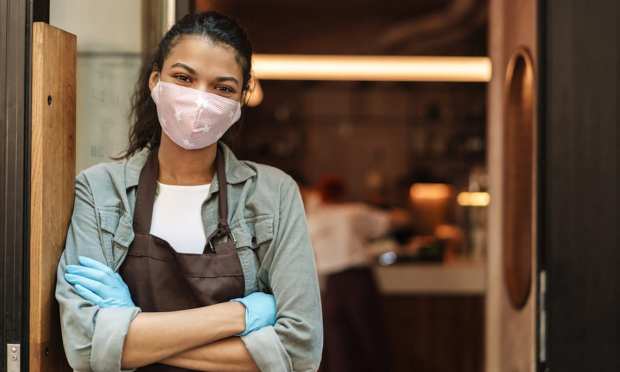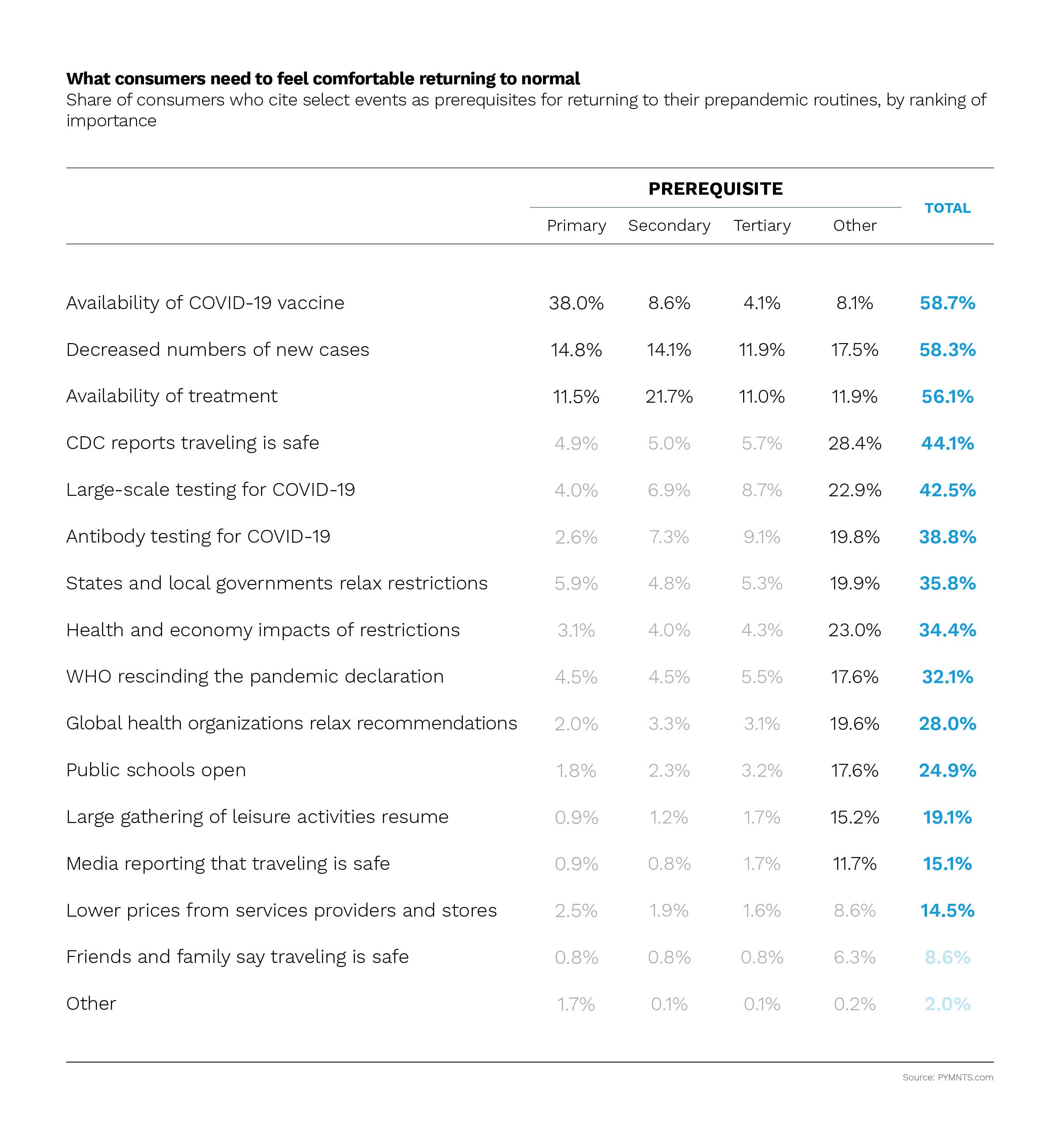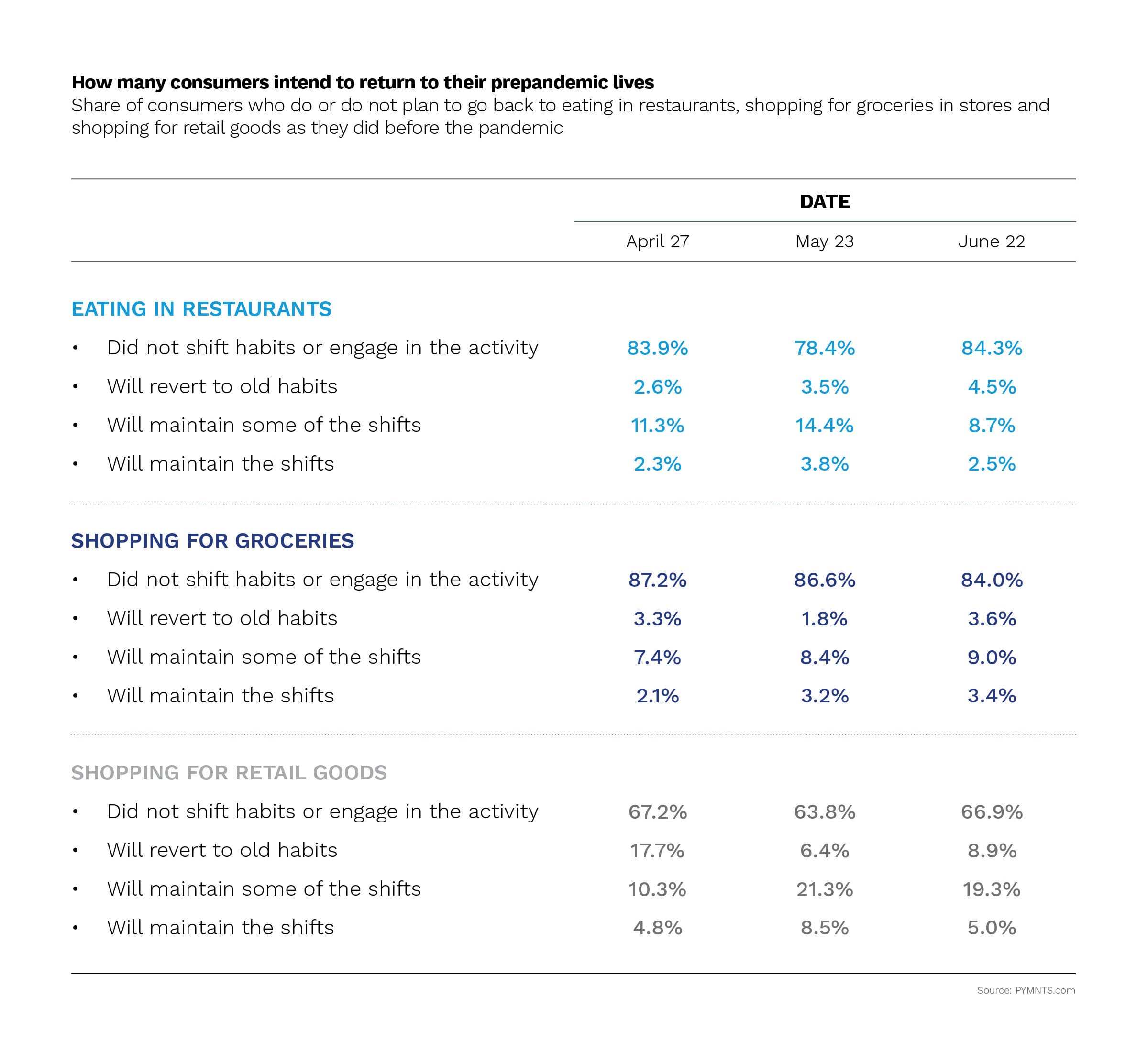Ready Or Not, The ‘Great Reopening’ Is Underway

As vaccines are being distributed worldwide, a return to something that looks a lot like pre-pandemic normal could be coming soon. And in some places, over the last week or so, that “soon” has been moved up to “right now.”
As of Sunday (March 14), Israel had reopened most of its economy, rolling back the lockdown restrictions as its vaccination campaign rolls on. Israel currently leads the world in vaccines per capita, with 40 percent of its population vaccinated, according to reports. Some restrictions remain in place — mostly around crowd size or places only open to those who have been vaccinated — but bars, restaurants, hotels and schools that had been closed for months in some cases are now officially allowed to reopen to the public.
“We’re very happy that this day came. We’ve been preparing for this day for a very long time,” said Assaf Obsfeld, a Jerusalem coffee shop owner who was checking customers to ensure they had been vaccinated. “It’s a stressful situation because we really don’t know how to handle everybody.”
And enthusiasm to reopen in the face of vaccine availability is also evident in the U.S., as states like Texas, Maryland, Mississippi, Connecticut, Arizona, West Virginia and Wyoming have all moved to remove capacity restrictions on restaurants and other businesses in hopes of kick-starting their local economies. Iowa, Mississippi, Montana, North Dakota and Texas have all announced the formal end of mask mandates in their states, while such mandates in Wyoming and Alabama are set to expire by the end of the month. Major school districts in New York City and Washington, D.C. are reopening, and in states like Florida, Iowa, Arizona and Texas schools have been actually ordered open by state officials.
Slowly, but progressively it seems, states are reopening their businesses and institutions in an attempt to resume “normal” life. Whether it will work, however, remains a question mark.
In Israel, nearly 60 percent of the population has had their first shot and 40 percent have had the full course. The U.S., though the pace of vaccinations has notably picked up over the last few weeks, is not nearly as efficient in its vaccination path: Texas is notably lagging behind other states when it comes to distributing doses to citizens.
That has led to some consternation, as public health officials have asked states to temporarily halt reopening businesses after the nation’s decline in COVID-19 infections started to plateau. The concern among CDC officials is that a too-fast return to normal could damage the delicate process of vaccine distribution and recovery from the pandemic.
“There is so much that’s critical riding on the next two months,” Dr. Rochelle Walensky, head of the CDC, told the National League of Cities on Monday (March 15). “How quickly we will vaccinate versus whether we will have another surge really relies on what happens in March and April.”
 There is also some doubt as to whether consumers will willingly participate in the early reopening of the economy. According to PYMNTS data, a vaccine is the most important thing motivating their decision about whether or not to resume their old habits, with 58 percent reporting the availability of a vaccine as essential to making a return to normal comfortable.
There is also some doubt as to whether consumers will willingly participate in the early reopening of the economy. According to PYMNTS data, a vaccine is the most important thing motivating their decision about whether or not to resume their old habits, with 58 percent reporting the availability of a vaccine as essential to making a return to normal comfortable.
And what about getting the all-clear from public officials? As it turns out, that carries a good deal less weight. PYMNTS data shows that 36 percent of consumers say they might return to their pre-pandemic activities if governments relax restrictions, while 34 percent say they might do so if they see the impact of relaxing restrictions on health and the economy. This strongly suggests that consumers will continue to shift their habits to digital until a vaccine becomes widely available.
The path forward for vaccination in the U.S. seems to be in full-speed-ahead mode, as President Biden publicly announced the goal of getting every American adult a vaccine by May of this year. And things are expected to feel a lot more normal by the time we celebrate Independence Day on July 4 — an optimistic forecast, since when PYMNTS asked consumers, most estimated that a return to normal wouldn’t really start being felt until around this time in the year 2022. No matter how hard the states and the federal government try to push the “Great Reopening,” consumers remain dubious about how fast it will come.
 And when it does come, PYMNTS data demonstrates, it may not look quite the way the world is expecting, as a growing share of consumers isn’t planning to shift back to their old way of life, ever. With the exception of eating in restaurants, which more consumers over time have said they want to resume doing, consumers increasingly told PYMNTS that the digital habits they’d adopted to deal with the pandemic ended up being an all-around upgrade, and one they plan to carry on with.
And when it does come, PYMNTS data demonstrates, it may not look quite the way the world is expecting, as a growing share of consumers isn’t planning to shift back to their old way of life, ever. With the exception of eating in restaurants, which more consumers over time have said they want to resume doing, consumers increasingly told PYMNTS that the digital habits they’d adopted to deal with the pandemic ended up being an all-around upgrade, and one they plan to carry on with.
In some parts of the world, the reopening isn’t on the way, but has already happened. How much difference that will make while vaccine availability is still in flux, and even after that, will be worth watching for the remainder of the spring.
